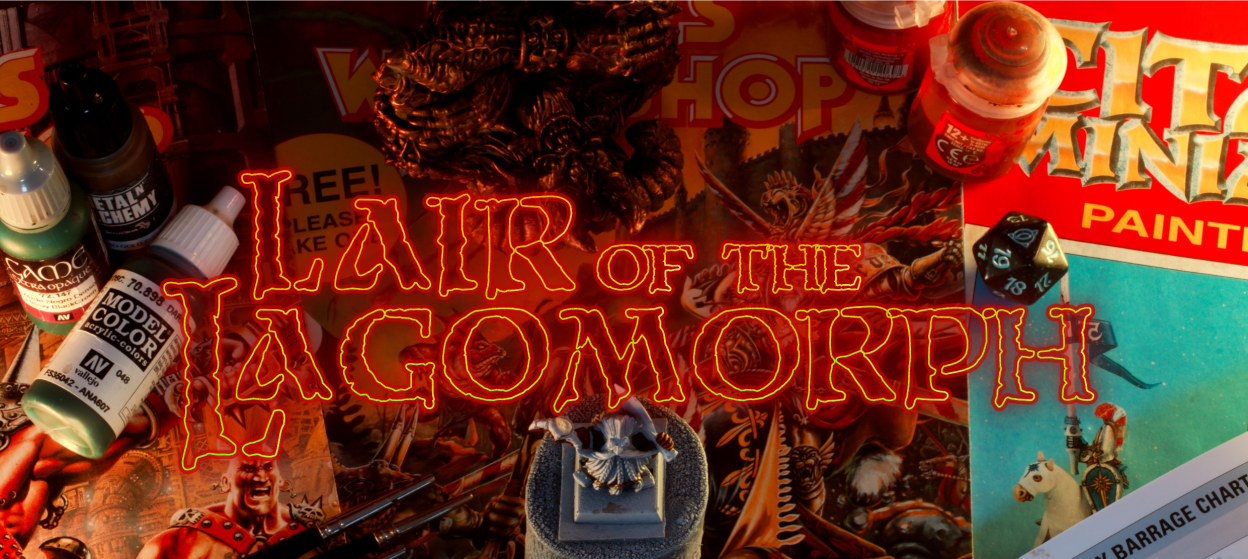
Some of you may remember a post from a while back about my Republican Romans army. At the time I had built a fair few models and spent some time deciding how to field them using the Warhammer Ancient Battles ruleset. They’ve been sitting in a box since then waiting for motivation to strike. A couple of weeks ago I found a second hand copy of the rulebook and army list book for the Hail Caesar game by Rick Priestley at a local game store. I bought them, started reading them, and immediately began planning lists for my Romans using the ruleset.
In Hail Ceasar, armies are built around “divisions”, a generic, period agnostic word they use to describe a group of units lead by a commander of some sort. One of those commanders is chosen to be the general of the army. This system is quite flexible, and meant to be used as the player sees fit to represent historical formations. In my case, the unit was pretty clear as the divisions fit the republican maniples quite well.
One decision that needs to be made between players of the game is how big do they want a “standard” unit to be. Ranks in the game are mostly aesthetic, frontage is all that really matters as far as the rules are concerned. This is so that players of other rule systems can easily port their armies across to this system regardless of the conventions that might have been enforced by other rulesets. This flexibility is interesting and definitely took some adjusting to coming from more rigid systems. Seeing as the other player doesn’t exist (most likely to end up being friends playing whatever other army I end up painting for this system!) I got to argue with myself about what size to make units.
To respect the ratio of Hastati to Principes to Triarii found in each maniple (120, 120, and 60 men strong respectively), the republican army list sets a rule that a ratio of 2:2:1 units must be taken. I decided that these 5 units plus some skirmishers would make a good maniple/division. The game treats the components of a maniple as small units (so half the size of standard units), and sets as a guide the frontage of small units to 80-120mm (so 4-6x20mm based models in the first rank). If two of these small units are to match the 120 men found in the historical formation, then choosing the smaller end of that range gives me a 4×2 formation, 8 men per unit, 16 hastati per maniple, or a ratio of one miniature per 7.5 men, which seems reasonable to me (I’ve seen 10 used in the past). Now enough of that, let’s talk about painting!

As you can see above I have painted up four of these small units giving me enough for two divisions of troops. Still to come then are as many principes, and half as many triarii to complete the core of the units. On top of that I need to paint some velites (skirmishers), and a division of equites (cavalry). Finally I’ll need one commander per division.
I occasionally try things out when I paint, and this seemed like a good project to try the GW contrast paints in their intended use, i.e. single coat applications over a pale undercoat. I find rank and file games to be more forgiving than loose formation games when it comes to painting standards, as the nature of tight formations means they generally get looked at from further away. This meant that I wasn’t too worried about experimenting here, I was fairly sure I’d end up with something serviceable!

The paints I used are listed in the picture above. As you can see, many of the colours are a single coat of the contrast paints. The exceptions are flat colours and metallics. As undercoat I used Vallejo Grey primer, which is effectively an off-white, just very slightly grey. There is one highlight in the scheme and that is the cream cloth, which I wanted brighter than I could get with the contrast on top of the primer. You’ll notice off by itself an oil paint listed, and that was for the second experiment. I’ve used oils a fair bit on tanks and other vehicles in the past but haven’t really tried them on organic things before. I wanted to tone down the brightness of the models and unify them somewhat, so after some drying time, I thinned down some of the Dark Mud by Abteilung 502 and covered the models in it. I let that dry for a few minutes until the thinner looked to have evaporated (it has been over 40 degrees C for almost a week over here so that did not take long…), then wiped the excess off of the raised areas with a cheap makeup sponge.
I’m pretty satisfied with the result, I painted all 32 models in a few sittings so the speed is definitely there, and I think they look nice all ranked up! I can see why many army painters swear by these paints. I actually got excited by how fast I did these and started on the equites, but I missed highlighting things so I’m back to painting some WW2 models for a little bit.













